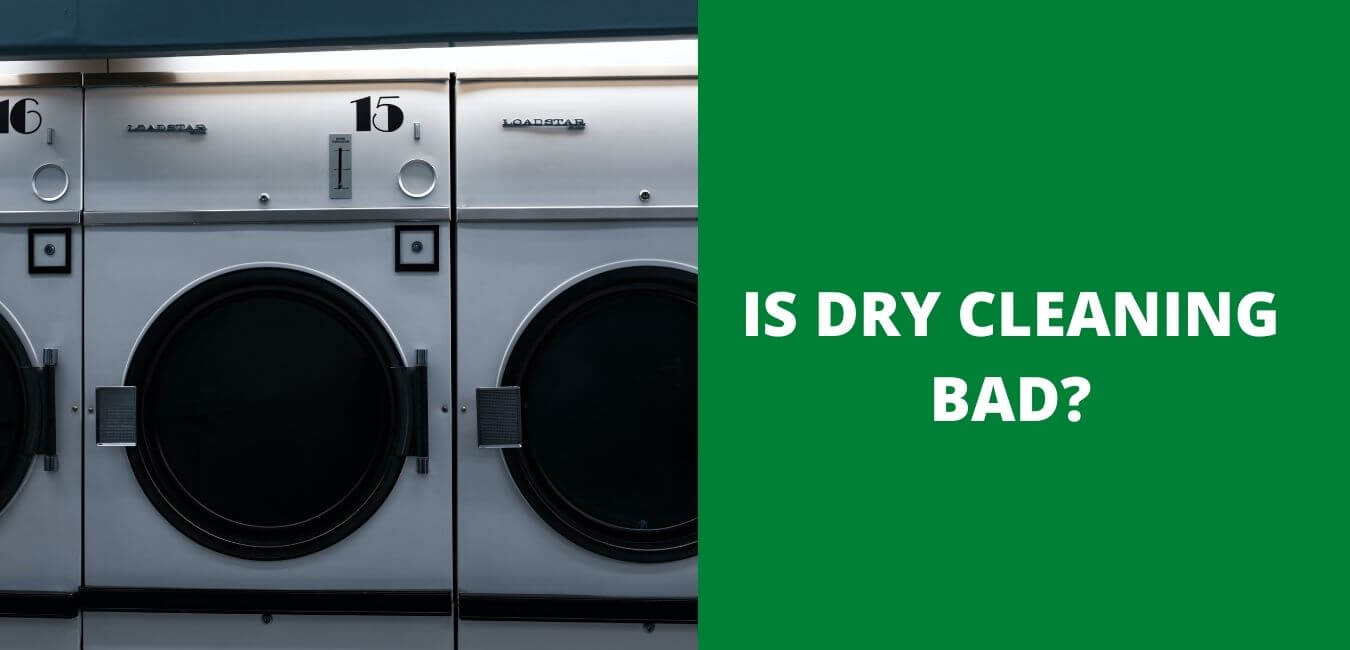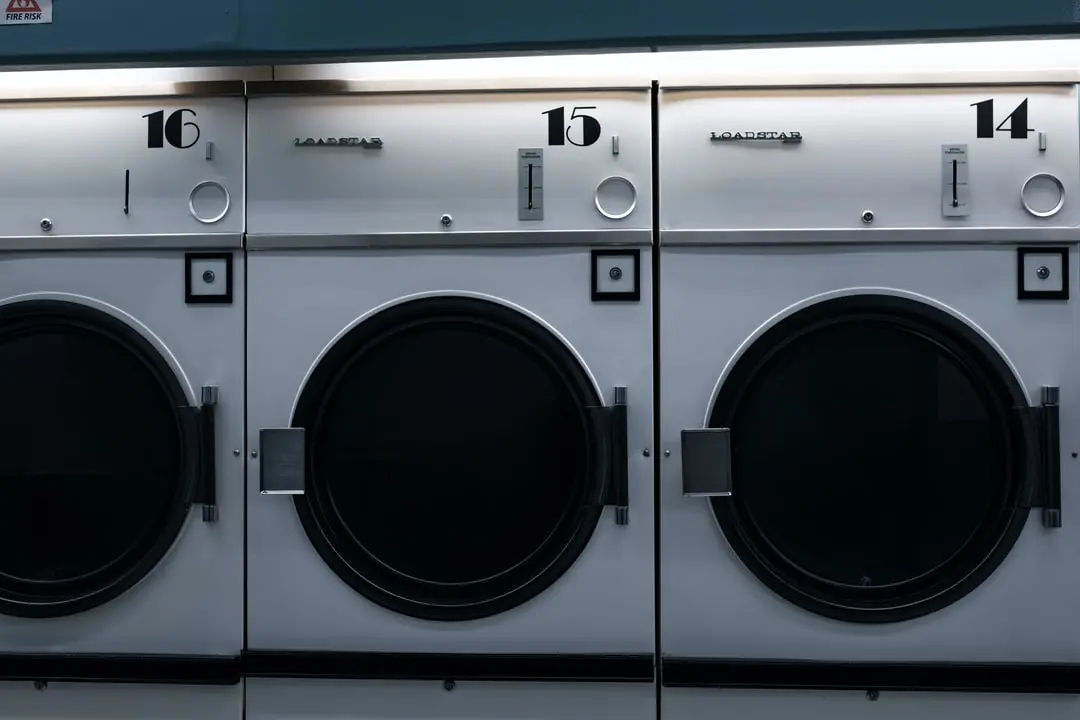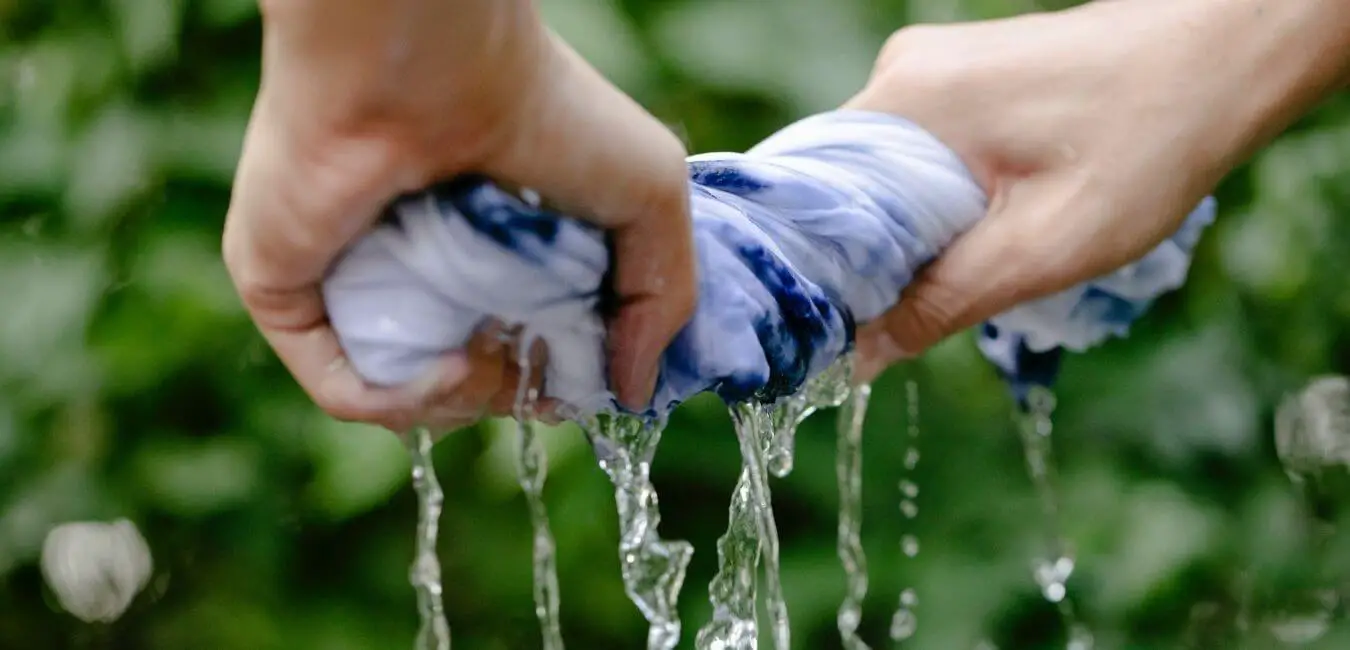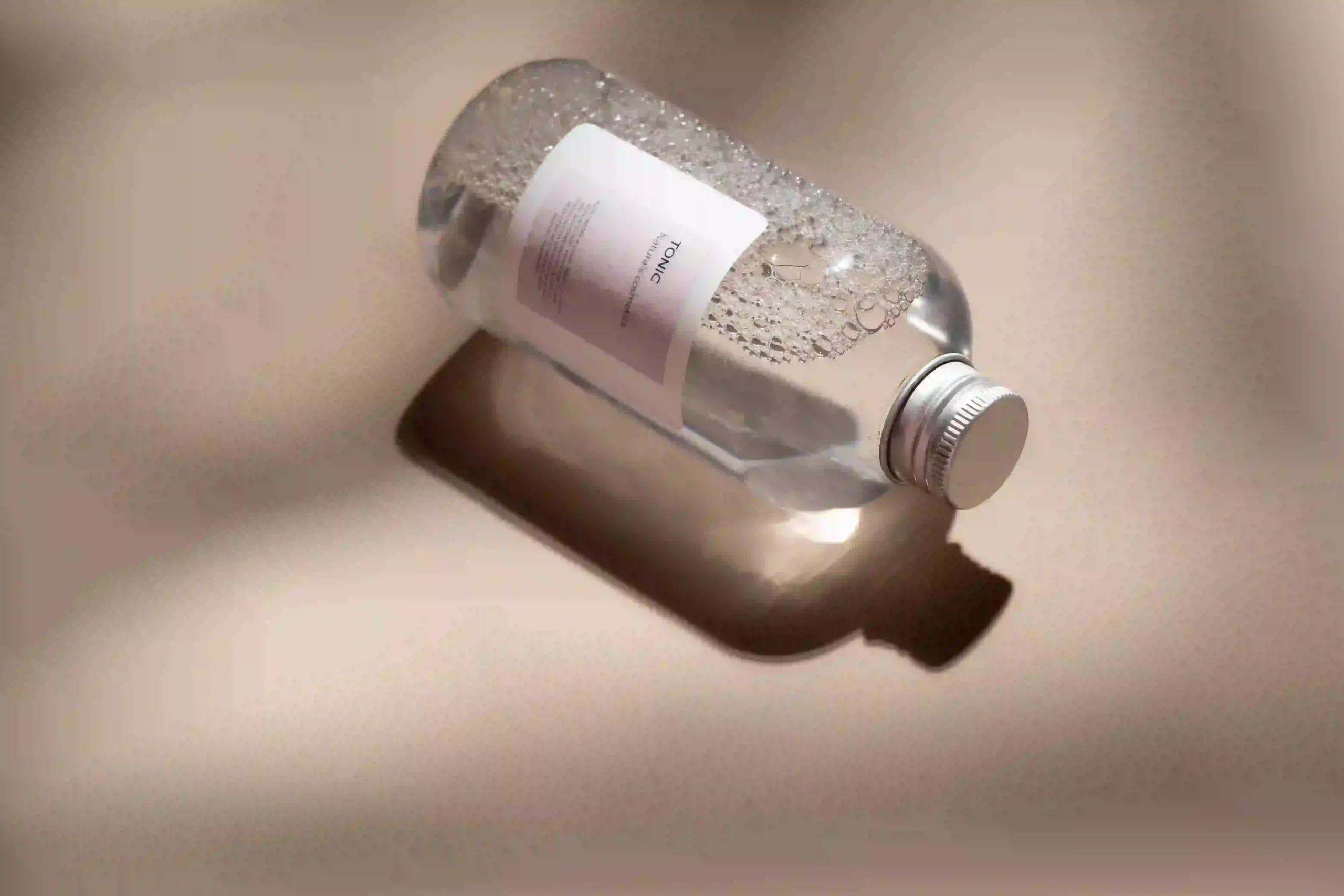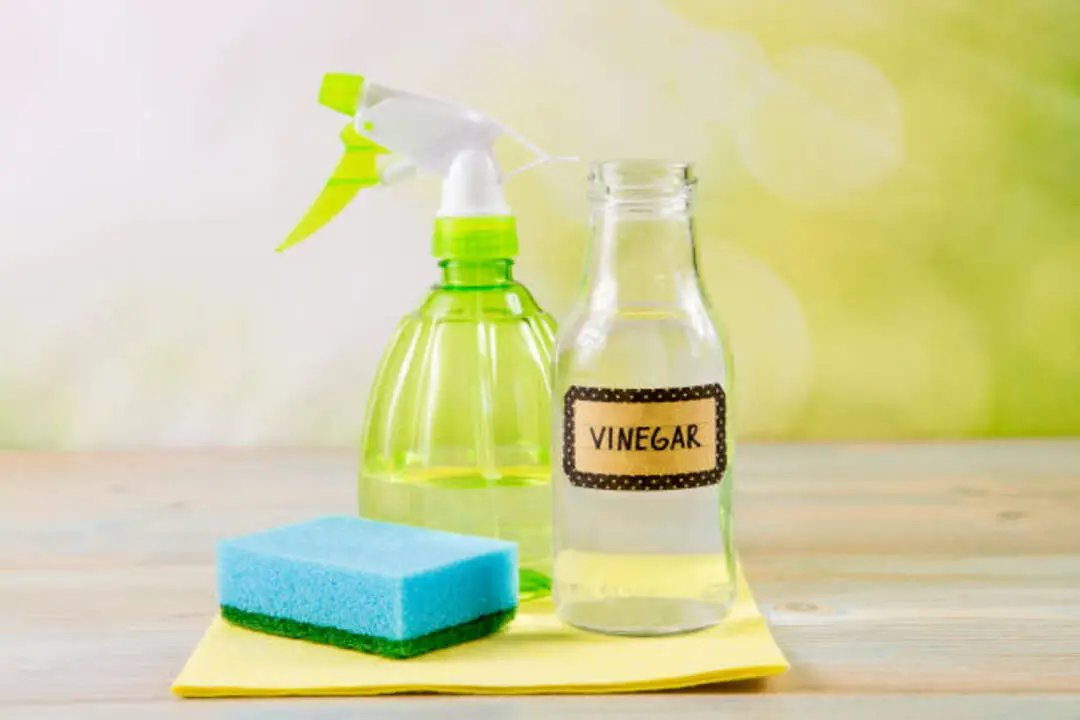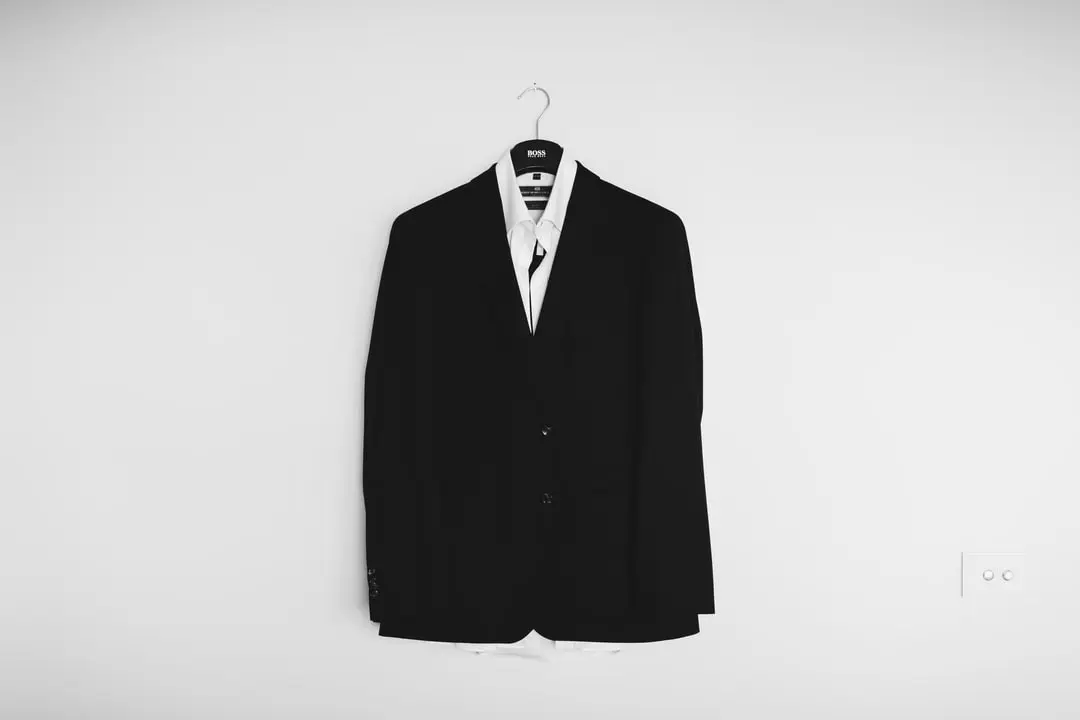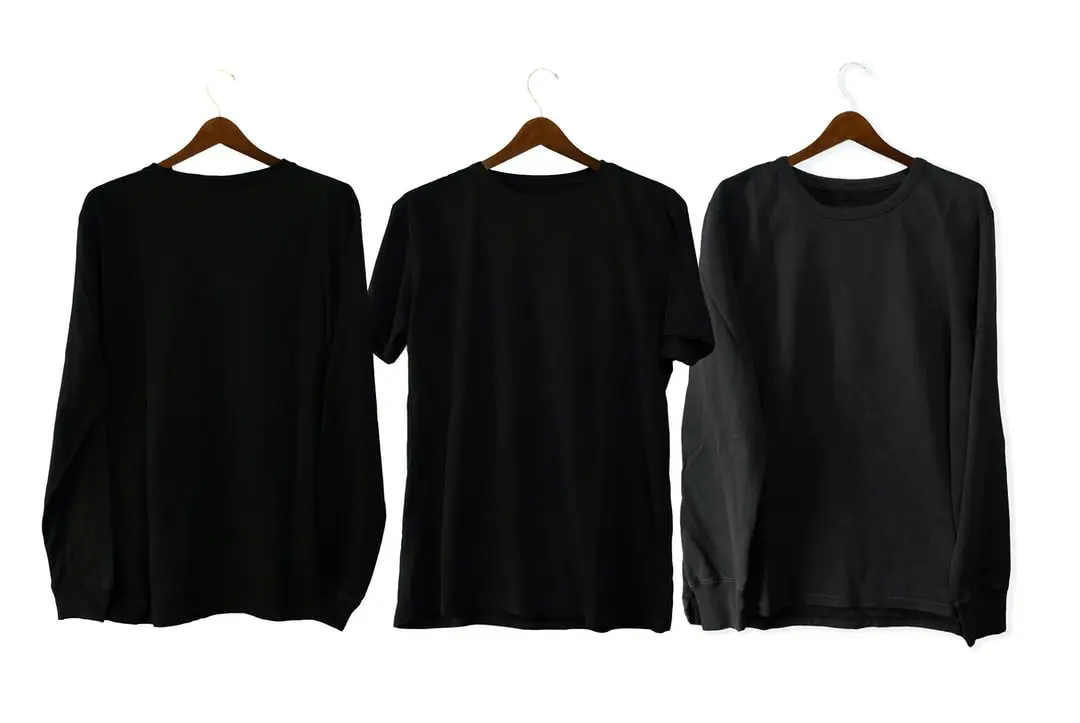Table of contents
Doing laundry is a necessary chore that each of us faces at one time or another. However, if done incorrectly, it can be time-consuming and costly. Many people make mistakes that end up ruining their clothes or making them less effective in cleaning and removing stains.
From sorting fabrics correctly to double-checking pockets, there are many steps that must be taken in order to ensure that your laundry comes out looking its best. To make sure that your laundry day is successful, it’s important to know the common mistakes to avoid.
In this article, we will discuss the most common mistakes people make when washing clothes, so you can save time and money in the long run. Following this advice can help ensure that laundry is done properly and efficiently.
20 Common Mistakes to Avoid When Doing Laundry
Doing the laundry is a necessary but time-consuming task. It’s important to do it correctly, however, as making mistakes can damage your clothing items and cost you more money in the long run. Here are 20 common laundry mistakes that you should be aware of and avoid when doing your laundry:
1. Don’t leave zippers and buttons open when washing clothes.
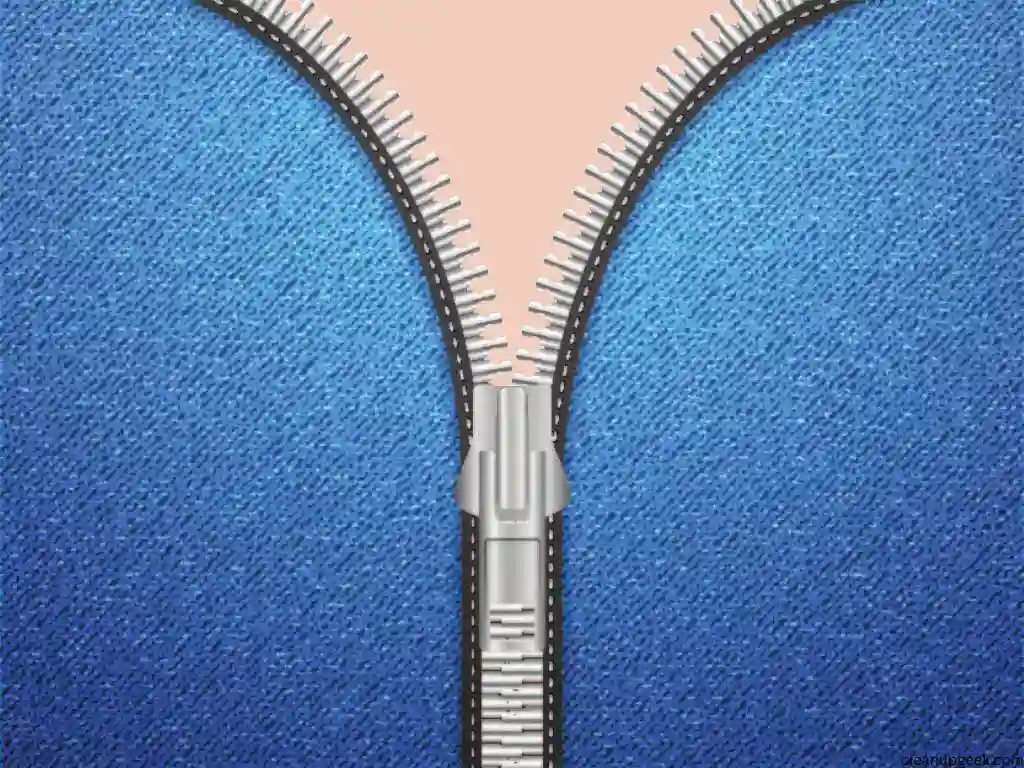
When laundering clothes, it’s important to remember to close zippers and buttons before washing. Leaving them open can cause the metal parts of the zipper or button to snag on other items in the washing machine and damage them.
It can also cause the clothing item itself to become misshapen or damaged by being pulled in different directions during the wash cycle. By taking a few moments to secure these components before laundering your clothes, you can avoid potential damage and keep your garments looking their best for longer.
2. Don’t forget to sort your laundry by color, material, and type.
Sorting your laundry is an important step to take when doing laundry. It’s important to sort by color, material, and type to prevent colors from bleeding onto each other and maintain the quality of your clothes.
Start with whites then move on to light colors such as yellow, pink, and blue. Darker colors should be washed separately as they tend to bleed more easily. Separate cotton and synthetic materials as they require different washing settings. Lastly, separate delicate items from regular items as the former require a more gentle cycle.
Taking the time to sort your laundry out will make the process much easier in the long run since you won’t have any surprises when it comes out of the dryer!
3. Don’t use too much laundry detergent.
When it comes to doing laundry, using the correct amount of detergent is essential for keeping clothes fresh and clean. Too much detergent can leave behind residue on clothing, which can cause skin irritation and reduce the effectiveness of future washes.
The amount of detergent needed varies depending on the type of fabric, load size, and water hardness. To avoid using too much detergent, start by following the manufacturer’s instructions for how much to use for a particular load size.
If your clothes still seem dingy or not as clean as you would like after a wash cycle, try adding a little bit more detergent next time. However, be sure not to overuse it or you could end up with excessive sudsing and soap residue on your clothing.
4. Don’t overload the washing machine.

When doing laundry, it is important to remember not to overload the washing machine. Too much weight can cause the motor to overheat and malfunction, leading to costly repairs and a longer wait for clean clothes.
The best practice is to follow the manufacturer’s instructions regarding how much clothing should be placed in each load. Additionally, if using a front-loading washer, be sure that clothes are evenly distributed and never more than halfway up the drum.
Furthermore, small items like socks or underwear should be placed in a mesh bag before being added to the load as they can otherwise slip through the openings and escape into the machine’s inner workings. Taking all of these measures will help ensure that your washing machine works properly for many years to come.
5. Don’t use hot water on delicate fabrics.
When washing delicate fabrics, it’s important to remember not to use hot water. Hot water can cause shrinkage and damage the fabric, leading to faded colors and an overall decrease in quality.
Cold water is the best choice for washing delicate items like wool, silk, and linen. The cold water helps protect these fibers by making them less likely to stretch or lose their shape. Additionally, washing with cold water can help preserve the vibrant colors of your clothes for longer.
Always be sure to read the care label of any item you’re laundering so that you know what temperature of water to use. If you take extra care when washing your delicate fabrics, you’ll be rewarded with beautiful clothes that will last for years!
6. Don’t let wet clothes stay in the washer too long.
It is important to not let wet clothes stay in the washer for too long. Leaving them in wet can cause them to become musty and start to smell bad. It can also weaken the fabric, causing it to shrink or stretch.
Additionally, bacteria and mold can begin to grow on damp clothing, which can be harmful if it comes in contact with the skin. To prevent this from happening, remove wet clothes from the washer as soon as the cycle has finished running.
Hang up wet items on a clothesline or drying rack, or put them in the dryer right away. If you are unsure if an item should be washed or dried separately, check the care instructions on its label first.
7. Don’t forget to read the care labels on your clothes before washing them.
Reading the care labels on your clothes is essential when it comes to proper cleaning and maintenance. Washing delicate fabrics with hot water or drying them in high heat can cause shrinkage, fading, and damage.
If you’re unsure about how to clean a particular item, always check the label! This will help you ensure that you are using the correct cycle, temperature, and detergent for each item of clothing.
In addition, the label may advise about any special processes such as spot-cleaning or dry-cleaning that may be required. Taking a few moments to read over the care labels can save you from spending lots of money on replacing damaged clothes in the future.
8. Not selecting the right temperature.

When doing laundry, selecting the right temperature is extremely important. The wrong temperature can cause unnecessary wear and tear on fabrics, or even shrink items that may be too delicate for certain temperatures.
Different materials should be washed at different temperatures to ensure they last longer, and if you’re not sure what temperature to use, it’s best to check the care label on the clothing item.
Washing at a cooler temperature can help to save energy and protect fabrics from damage while washing at a higher temperature can help eliminate bacteria and tough stains.
It’s important to consider both the type of fabric being washed as well as any special considerations when selecting the right temperature for your laundry load.
Check out this article: What is the best water temperature for washing clothes
9. Forgetting to check pockets.
Forgetting to check pockets when doing laundry is a common mistake that many of us make. We often put our clothes in the washing machine without checking the pockets, leaving behind all sorts of important items such as keys, pens, wallets, and phones.
It is essential to take the time to double-check all pockets before putting the clothing into the washing machine. Not only will this help ensure that your personal items are safe, but it can also prevent damage to your washing machine if an item falls out and blocks the drain or gets caught in a belt inside the appliance.
10. Not pre-treating stains.
Not pre-treating stains is one of the most common laundry mistakes. Not taking the time to spot-treat a stain can lead to set-in, permanent marks that are hard to remove.
Pre-treating a stain helps to break it down and can make removal much easier. Pre-treating also prevents the stain from setting into the fabric and becoming more difficult to remove. All it takes is a few minutes before laundering to spray or dab on the pre-treatment solution.
11. Rubbing stains furiously.
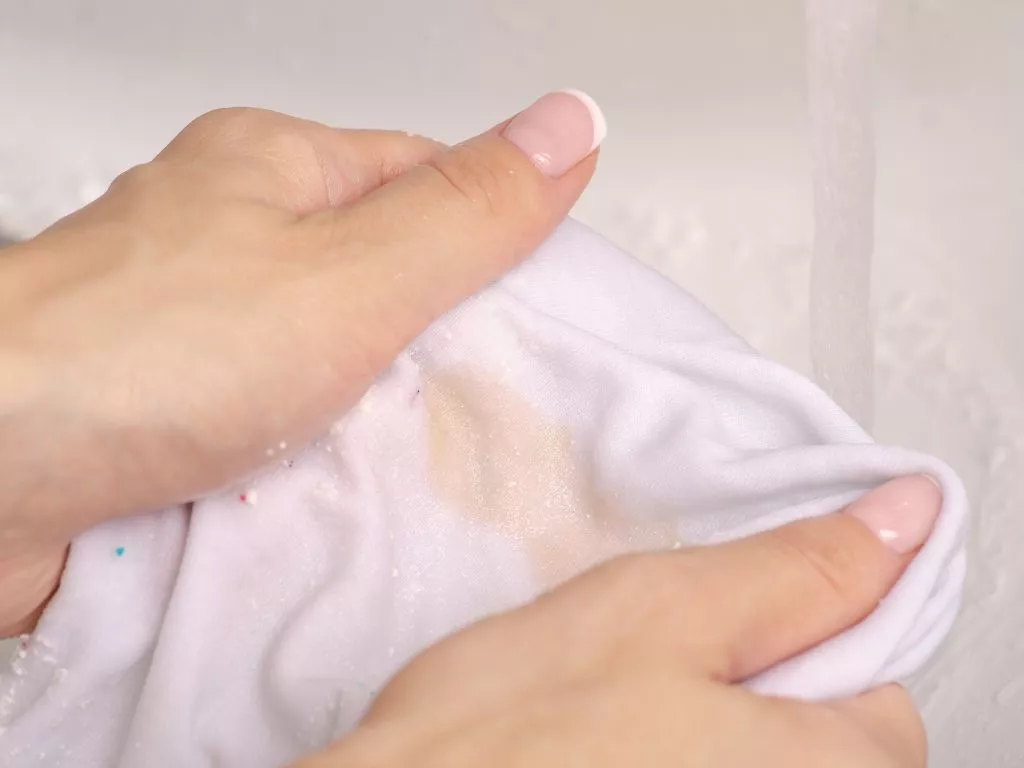
Rubbing stains furiously is one of the most common mistakes that people make while washing clothes. This usually happens when we treat a stain with too much force, trying to remove it quickly.
But this can actually end up making the stain worse and set it deeper into the fabric. Rubbing too hard can also cause the fabric to stretch or tear, so it’s important to handle your garments gently.
12. Using the wrong setting on the washer.
Using the wrong setting on the washer is a common laundry mistake that can cause a lot of frustration and wasted time. For example, some fabrics require delicate care while others may need more of a deep cleaning to be properly washed.
If you are not familiar with the types of fabrics you are washing, it is best to research what settings are best for each item before putting them in the washer.
13. Not giving clothing surfaces that come in contact with the body special attention.
Not giving clothing surfaces that come in contact with the body special attention is another common laundry mistake. Whether it’s a t-shirt, dress shirt, jeans, or other items of clothing, the areas that touch your skin should be given extra care.
It’s also important to check for any signs of wear and tear, such as pilling or discoloration, before putting them in the wash so that any minor repairs can be made. Additionally, when drying these items of clothing you should try to avoid extreme temperatures as these can cause damage and fading.
14. Drying delicate items in the dryer.
When doing laundry, it is important to understand what items should and shouldn’t be put in the dryer. Delicate items such as sweaters, lingerie, and other clothing with special fabric should not be put in the dryer.
These items can easily be damaged by high temperatures and the tumbling motion of the dryer. Drying delicate items in the dryer can cause them to shrink, lose their shape and color, or even become unusable.
To avoid this mistake, hang these items up to air dry after you wash them. This will help preserve their quality and keep them looking like new for much longer.
Check out this article: Should you dry your clothes inside out?
15. Selecting the wrong wash cycle.
Selecting the wrong wash cycle is a common laundry mistake that many people make. Different fabrics and dirt levels require different settings to ensure the best results.
For example, delicate items require a gentle cycle with cold water, while heavily soiled items should be placed on a heavy-duty cycle with hot water. If you use the wrong setting, your clothes may come out of the wash looking worse than when they went in or not as clean as they should have been.
16. Using bleach on colored clothes.
Using bleach on colored clothes is a laundry mistake that can ruin your favorite garments. Bleach has a powerful chemical reaction when it comes into contact with certain dyes, and this can result in the color being stripped away or becoming distorted.
It can also cause the fabric to become weak and brittle, leading to tears and holes. To avoid this issue, make sure to read the care label on your garments before doing laundry. If an item contains any dye, it is best not to use bleach of any kind as it can create irreversible damage.
For colored items that require more intense cleaning, look for specialized detergents that are designed for delicate fabrics and colors so you don’t have to worry about damaging your clothing.
17. Not cleaning out the lint filter.

It’s important to regularly remove lint from your dryer’s filter as it can build up and become a fire hazard. Lint can also cause clothes to take longer to dry, resulting in an increase in energy consumption.
To reduce the risk of a fire, clean out the lint filter after every load of laundry. Additionally, you should check the outside vent for clogged lints and clear them away as well.
In order to ensure that your dryer runs safely and efficiently, make sure you take a few minutes each month to give your lint filter a thorough cleaning.
18. Not using enough water.
Not using enough water when doing laundry is a common mistake that people make. Not only does this result in clothes being less clean because the detergent doesn’t have enough liquid to dissolve into, but it also creates an environment where bacteria can easily grow, leading to a musty smell and potentially even skin irritation.
To avoid this problem, it’s important to use enough water for your load size—both too little or too much can be detrimental. If you’re unsure about the amount of water needed for a particular load size, consult the machine’s manual or check with your local appliance store for more information.
Check out this article: Can you wash your clothes with just water?
19. Not using the right detergent.
Not using the right detergent is another laundry mistake that easily can be avoided. It’s important to read the labels on clothing and use the detergent recommended for them.
Using a detergent that is too strong can strip clothing of its color, cause damage to delicate fabrics, or leave residue on clothes which can lead to skin irritation. If you’re dealing with tough stains, it’s best to spot-treat them first before washing them in order to avoid any damage.
It’s also important to use dye-free detergents if you’re washing brightly colored clothes together so you don’t end up with one piece dyed pink and another blue.
20. Using harsh chemicals to clean clothes.

Harsh chemicals like bleach, ammonia, and fabric softeners can strip away the natural fibers of your clothing and damage them, leaving them looking faded and worn out. Not only that, but they can also cause skin irritation if you accidentally get some on your skin while handling the clothes.
Additionally, these harsh chemicals are bad for the environment as they can contaminate waterways when they eventually end up being washed down the drain.
For a safer alternative, use mild detergents and fabric softeners in small amounts so that your clothes stay looking their best without damaging them or harming the environment.
Conclusion and final thoughts 💭
In conclusion, it’s important to be aware of common mistakes when doing laundry in order to maximize the lifespan of your clothing and ensure the best cleaning results. By avoiding the 20 common mistakes listed in this article, you can help protect your clothing from wear and tear, and save yourself time and effort.
Utilize this list as a helpful reference when doing laundry in the future and you’ll be sure to have success. Be sure to treat your clothes with care by following the correct instructions for laundering them and you’ll enjoy the benefits of clothing that last longer.


